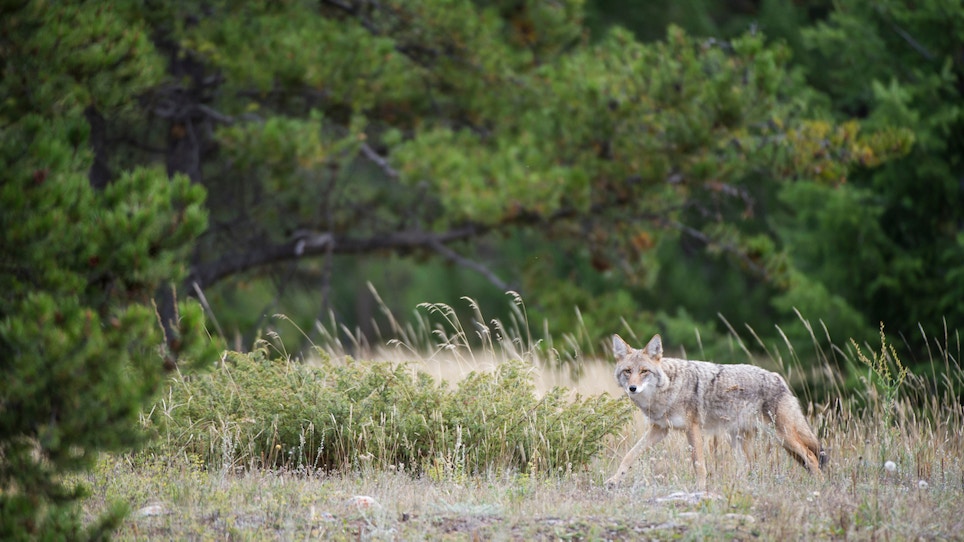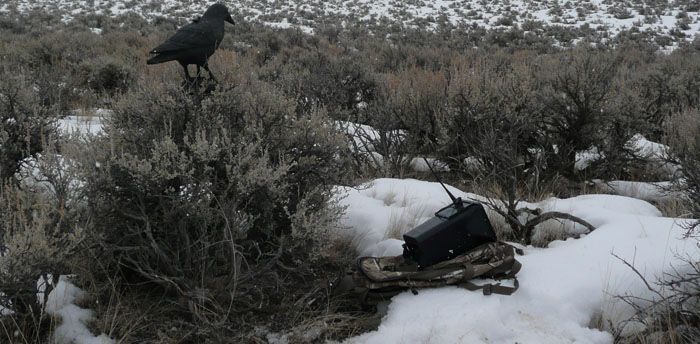
Hunting predators such as coyote, fox and bobcat with success requires you to have good woodsmanship skills. Trial and error is part of the process, of course.
For the past two decades, calling predators has been my passion. As a tournament coyote hunter, I’ve tried just about everything on the market at one time or another. I’m constantly looking for new techniques, strategies and equipment that will give me an edge. Decoys are no exception. When used correctly, they are extremely effective. If you’re the guy standing in front of the predator wall overwhelmed by all of the options, here's some direction.
Pros
- Perception is reality. Time and time again, I’ve seen coyotes perch on a ridge and look over an area. They are hearing distress sounds, bird sounds and perhaps even coyote vocalizations, but they don’t see these things. Educated coyotes will often find a vantage point and try to obtain visual confirmation of what they’re hearing. If they don’t see anything, they often turn and leave. Sometimes a decoy is all it takes to get these wary predators into range and convince them to come on the run.
- A decoy also occupies the coyote’s attention. When a coyote is focused on a decoy, he is less likely to spot the hunter. I like to put my decoy and my electronic caller close together and away from my position. This allows me to make small movements and prepare for a shot without the coyote spotting me.

Crow decoy perched above the author’s electronic caller. For wary coyotes, the visible crow decoy adds believability.
Related: Taking a Western Road Trip for Coyotes
Cons
- Decoys mean more equipment to carry to every stand. I carry a rifle, a shotgun, a sitting pad, an e-caller and shooting sticks to just about every stand. Add decoys and dead coyotes to the list, and it’s a lot to pack. I recommend two things. First, use a small daypack to carry your e-caller, shooting sticks, sitting pad and decoys. Second, select small decoys that are easy to manage.
- Keep movement to a minimum. If coyotes spot you setting up decoys, the hunt is over before it begins. I recommend glassing the area for coyotes before setting up your decoys. In some situations, the risk is not worth the reward.
In conclusion
I don’t personally carry decoys to every single stand. However, I do use them frequently and under the right conditions, like in hilly terrain where coyotes can get a vantage point and in wide open country to take the predators' eyes off of me. Just like any other equipment, decoys have their place. Add them to your bag of tricks, and you might have more skinning to do.
About The Author
Dustin Butler has been calling predators for more than 20 years. He has competed in coyote calling contests around the Western U.S. for more than a dozen years and has consistently excelled; with many wins and top finishes under his belt. He enjoys sharing his knowledge of predator hunting with others through calling seminars and magazine articles. To learn more about Butler or the equipment he uses, visit www.predatordown.com.
Featured image: Nick Trehearne Photography





